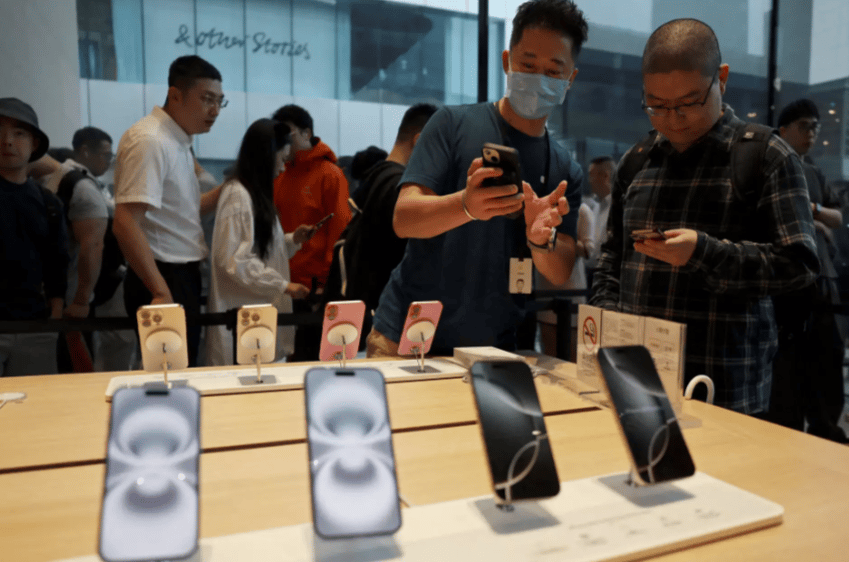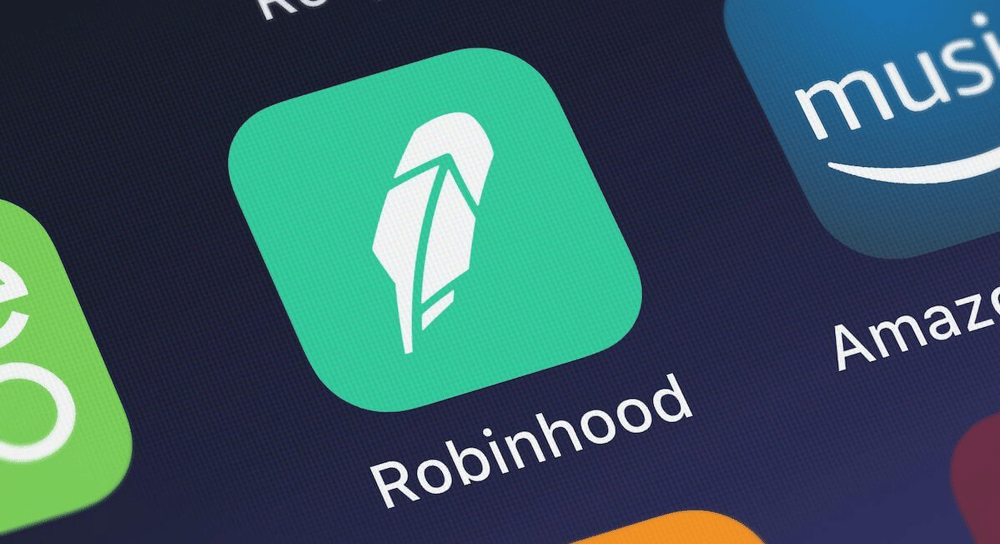Apple Leading Global Smartphone Sales - iPhone 16e Triumph Amid Economic Uncertainty
Apple is steadily soaring ahead in the global smartphone arena. Recent data from Counterpoint Research reveals that in the first quarter, Apple achieved record-breaking sales, driven by the launch of the iPhone 16e and robust demand in markets such as Japan and India. While this success underscores Apple's innovation and strategic marketing prowess, the broader smartphone industry faces challenges amid economic volatility and geopolitical tensions.
Innovation in Action and Global Reach
The introduction of the iPhone 16e marks a pivotal moment for Apple. The new model, featuring cutting-edge technology and a refined design, has managed to captivate diverse consumer segments. Innovative features and enhanced functionality have resonated strongly, particularly in regions where technology adoption is rapid and consumer expectations are consistently high. Markets like Japan and India have shown exceptional enthusiasm, thanks to their evolving tech landscapes and rising demand for premium devices.
Driving Factors and Emerging Trends
Several key elements have contributed to Apple’s impressive performance this quarter. Analysis indicates that these factors are instrumental in sustaining consumer interest and market momentum:
- The allure of a cutting-edge product contrasted with older models from competitors
- Successful penetration into emerging markets, notably Japan and India
- A well-crafted marketing strategy and robust brand positioning
The confluence of these elements has solidified the appeal of the iPhone 16e, making it a sought-after device that meets the demands of both premium buyers and a broader audience.

Economic Realities and Modern Challenges
Despite the stellar sales figures reported by Apple, the broader smartphone industry contends with a series of economic headwinds. Research by Counterpoint hints at a potential contraction in the global smartphone market this year, primarily due to lingering economic uncertainty. In addition, the imposition of trade tariffs, notably those implemented during President Trump’s administration, has introduced a new layer of complexity for manufacturers and suppliers alike.
The current macroeconomic climate, marked by trade tensions and the potential for rising inflation, could lead consumers to postpone their next mobile phone purchase. This delay, coupled with possible supply chain disruptions and increased trading risks, may exert downward pressure on overall market growth.
A closer look at the challenges reveals several critical issues:
1. Heightened economic uncertainty driven by aggressive tariff policies
2. Escalating trade tensions impacting global supply chains
3. The looming risk of inflation eroding consumer purchasing power
4. Disruptions in logistics and supply chain continuity
5. Increased trading risks stemming from volatile commodity prices
These challenges not only threaten the broader market dynamics of smartphone sales but also underscore the fragile balance between innovation and economic realities.

Expert Insights on the Market Future
In today’s turbulent economic environment, the future of the smartphone market hinges on the ability of companies to adapt and innovate. Experts suggest that the success of future smartphone models will depend on rapid responses to changing market conditions and the integration of advanced technologies. Key strategic directions include:
- Developing next-generation models with expanded functionalities
- Flexibly adjusting manufacturing and marketing strategies in response to market trends
- Implementing modern risk management practices and enhancing supply chain resilience
- Strengthening partnerships with top-tier global suppliers and technology innovators
- Increasing transparency in regulatory interactions to swiftly address legislative shifts
These strategic measures may not only mitigate the adverse effects of current economic challenges but also pave the way for a more adaptable and resilient industry.
Conclusion and Strategic Outlook
The breakthrough performance of the iPhone 16e serves as a testament to the power of innovation in driving market success even in challenging times. Apple’s ability to maintain its leadership position through technological advancements and savvy market strategies is remarkable, especially when pitted against the setbacks of economic volatility and increased trade risks.















Comments